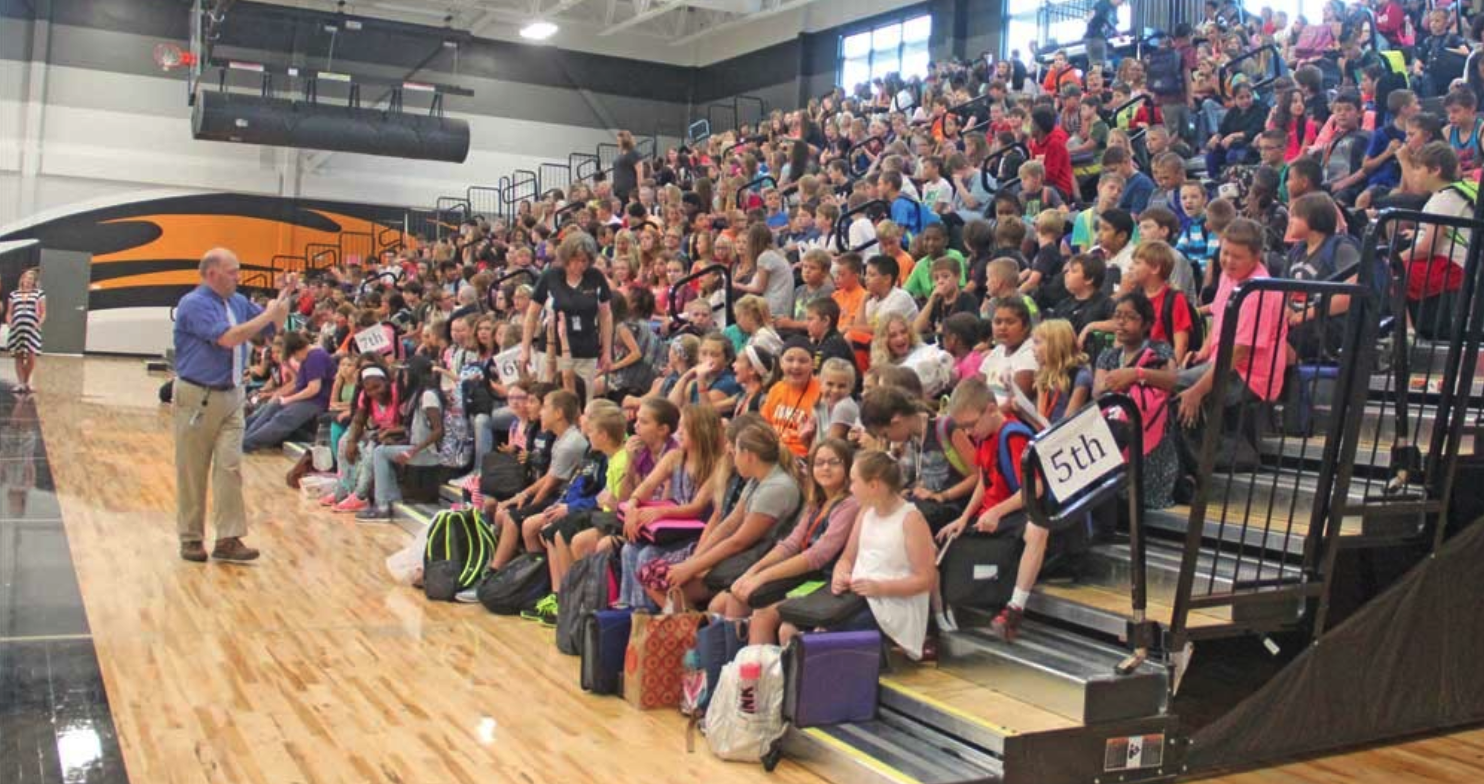High school athletic programs and the leaders play an important role in the culture of a community. They have an incredible opportunity to not only lead young men and women on the field of play, but in their community as well. Some coaches and athletic directors would even consider themselves a public relations director between their athletic program and the community.
The public image of a school and their athletic program may largely depend on the effort or lack of effort from coaches and athletic directors. The best part of promoting positive, non-game related aspects of a athletic program and gaining public recognition is that it allows others to acknowledge that a program is an education-based athletic experience and not just about winning games.
In this YouTube video, Steve Leo shares how to get your name out there, so more people in your community are excited about the athletic programs you provide. Steve is a master trainer for Parisi Speed School and educates young athletes through the VertiMax system and teaches them how this method is a game changer for their body and their target sport.
Today’s athletic directors, coaches and athletes are doing a variety of things to establish a meaningful relationship and public presence with members of their community.
At a recent National Athletic Director Convention in San Antonio, a popular topic of conversation was how community involvement resulted in more athletic program success.
Thoughtful communication by athletic programs to teach their student athletes to have positive conversations with the community resulted in greater charitable contributions. See how some of these traditions and ideas benefited their athletic programs positively.
Ways To Promote Athletic Programs
1. Have A Relationship With Your Local Media
Have a strong connection with local newspaper beat writers, radio stations and television stations. They may not attend every event, but you are still providing them with positive examples of young people in the community achieving success on and off the field.
Provide the local media with human interest article ideas by featuring athletes who exhibit exceptional sportsmanship and served as a leader for other teammates. Share stories about athletes who have overcome life's hurdles and injuries in order to play the sport or to make the team. Human interest stories are very relatable.
2. Elementary & Middle School Relationships
Many schools are ramping up their involvement with their local youngsters. Some athletic departments are even implementing a student-athlete leadership council that acts as athletic ambassadors to visit classrooms in their district. They visit local schools and teach life skills to students through activities they plan, and ultimately foster important relationships with the youth in the community.
“There’s more kids playing youth sports than high school sports."
Steve Leo, Master Trainer - Parisi Speed School
3. Volunteer Work
How many hours a semester are your kids doing volunteer work? Some schools are encouraging their student athletes to average 15 to 20 hours per semester, helping organizations and community members do things like:
- Host a 5K
- Leaf clean up for an elderly person in the community
- Serve dinner and play games at a shelter for homeless families
- Work at the Ronald McDonald House
4. Social Media Presence
Social media is a platform in which your school and individual sports programs can create awareness. You can post results, highlights, promote upcoming events and share athlete and program successes. You can also let people know when you are raising money for charitable events.
"A lot of colleges want to know what your Instagram, TikTok, Facebook, etc pages are for athletic program and athletes. It’s a different world."
Steve Leo, Master Trainer - Parisi Speed School
5. “Warriors Helping Warriors”
Covenant Christian High School in Indiana has an event called “Warriors Helping Warriors” in which they try to find a “warrior” in the community. This person may have been a veteran, a family member of an officer who passed or a student who battled disease. They raise money to help them with whatever they need at that time. One year, the event helped raise money for the girl's volleyball team to help a manager's brother who was diagnosed with leukemia. All the proceeds went to the family!
6. Monthly Newsletters
A digital newsletter can be extremely useful to communicate with parents, members of the community and booster club members. This is a great platform to highlight an athlete of the month, important upcoming events, and game schedules. Have some of your former athletes achieved successful athletic, collegiate, or personal accomplishments? Keep your community updated on these!
7. Sports Clinics
Many high schools are hosting middle and elementary school athletes to 1 or 2 day sports camps. These enrichment camps and clinics have a focus on age-appropriate activities and skills. Most times, middle and high-school students act as mentors to the younger students.
8. Preseason Meetings
What better way to set the tone and expectations of the season for parents than a preseason parents meeting? This meeting is a great opportunity to not only present necessary information about the program, but to do it in a positive and enthusiastic manner. Set the tone for the season, establish expectations and develop a good working-relationship with parents from day one.
9. Email Alerts
Email notifications can help create a transparent line of communication between parents and other members of the community involving important updates, such as game cancellations. This will certainly cut down on phone calls asking if a game is still being played or not.
10. Website
Your website is an extension of your brand as a program. This is a platform to post stories and videos that local news stations and reporters have spent time on that involve positive events involving both the school and the athletic department. It is also a place to list the current coaching staff and rosters.
What are some things you are doing to get establish a relationship with the community?





.png?width=110&name=Listing%20Image-basketball%20ladder%20drill%20%20(350%20x%20350%20px).png)














